Our planet is absolutely lousy with life. A teaspoon of soil from your yard can contain up to 1 billion bacteria. Under a square meter of soil may have 200,000 insects. The same space can have 10 million nematodes. Even though only about 1.2 million species have been identified, it’s estimated that there are probably closer to 8.75 million species living on Earth.
Some estimates, which include microbes, have suggested there may be 1 trillion life forms on Earth. And if you wanted to guess individual life forms? A single human body is home to over 100 trillion bacteria. The whole planet may house a nonillion bacteria. That’s a one with 30 zeros. The point is, there’s a lot of life on earth.
Our planet is covered in life, more of it than you could ever imagine. How is this the only place that has life? Many of us are open to the idea that there could be life elsewhere, we just haven’t found it yet. But, without in mind, where exactly might this other life live? We don’t need to travel the vast reaches of space to start guessing. Why don’t we check our own solar system and see what it has to offer? There are more possibilities than you might realize.
Our solar system has 8 planets with 293 confirmed moons amongst them, plus five dwarf planets with a few moons as well. That’s over 300 potential places for life!
The Clouds of Venus
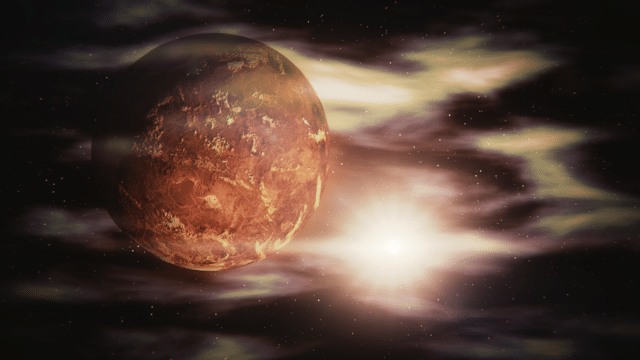
Remember the first time you saw Cloud City in Star Wars? Didn’t it look cool and kind of peaceful? Who wouldn’t want to live in the clouds? The idea of being in the clouds on an alien world isn’t as far-fetched as it seems because there has been speculation about the potential for life in the clouds of Venus.
Venus averages around 870° F or 465° C, making it extremely inhospitable to life as we know it. It also has 2000 times the amount of CO2 in the atmosphere as Earth and rains acid. It’s unpleasant. But there are clouds.
Though the atmosphere is dense and it takes 243 of our days for one day on Venus to pass, there has been speculation that microbial life could live in its thick cloud cover. The clouds offer some small amounts of water and sunlight, and there may be nutrients, at least the kind for bacteria, in there. Things like carbon, hydrogen, nitrogen, phosphorus, and sulfur are present in trace amounts, but enough that microbial life could exist. Organisms that have metabolisms centered on iron or sulfur may be right at home there.
Spectral analysis of the cloud cover on Venus shows inexplicable dark patches. It has been theorized that these places, where sunlight is being absorbed more heavily than others, may be home to bacteria that are thriving in the light on these nutrients.
More significant is that scientists have detected phosphine gas. This gas is produced by living things and while it doesn’t prove life exists, it’s a strong indicator that it may exist. It’s been suggested that if you found phosphine on a typical, rocky planet the only reason it would be there would be that life is present. Those who investigated it on Venus have been unable to account for the gas except as a byproduct of life.
Jupiter’s Moon Europa
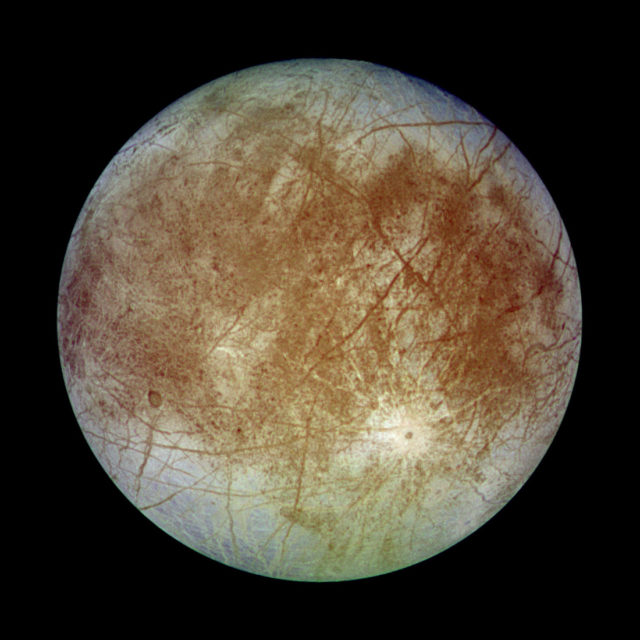
The largest planet in our solar system, Jupiter, has 95 moons to choose from if you’re looking for a new place to live. Europa is one of the most likely candidates for sustaining life, though. Maybe not your life, but some life.
Europa is mostly ice, but it does have oceans under that ice. It’s believed that, although very salty, Europa has twice as much water as all the oceans on Earth. If there is a rocky seabed under these Europan oceans, they may have hydrothermal vents that produce nutrients that could sustain life, just like in the gas clouds of Venus.
The surface of Europa is remarkably smooth compared to every other body in our solar system. Because it’s completely covered in ice that is about 10 to 15 miles thick, there is very little change in the geography. However, there are places where cracks, fissures, and other features in the landscape indicate that maybe warmer ice has surfaced from below in the past, or liquid water flows far below.
In 2024, NASA launched the Clipper spacecraft towards Europa. It will get there in 2030, and then we’ll have some idea what’s going on under the surface of the ice. The tools that the Clipper is carrying with it should be able to determine whether or not the building blocks of life are present on Europa, and it might also be able to detect life itself. Or maybe not. It’s not technically designed to find life. We’ll have to wait and see what happens!
Saturn’s Enceladus
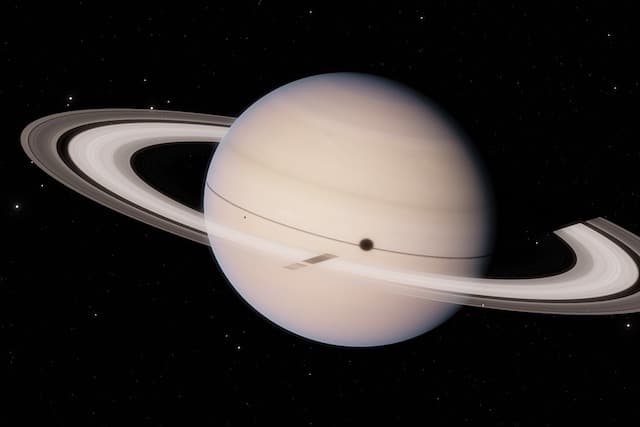
Just like Jupiter, Saturn has some ocean moons as well. Enceladus is the one that we’re most interested in when it comes to the search for potential life in the universe. The moon is incredibly small, only 314 miles in diameter compared to Earth’s nearly 8,000 miles and Saturn’s nearly 75,000 miles. But Enceladus does have an icy surface under which sits an ocean that covers the entire moon.
At the South Pole of the moon, a geyser expels ice and gas into space. The Cassini spacecraft was able to analyze some of the ice and determine it’s full of salt, like our oceans. Elements crucial for life, including carbon, hydrogen, phosphorus, nitrogen, and sulfur, are all there. It is warmed by tidal heating. That means the moon has water, energy, and chemistry. Enceladus has all three.
One of the chemicals discovered by Cassini in the geyser is hydrogen cyanide. Even though by itself hydrogen cyanide is poisonous, it’s also a chemical precursor to the formation of amino acids and DNA, the basic building blocks of life. In addition, compounds like methane, propylene, ethane, and acetylene were discovered and these are all organic molecules that are important to the formation of life.
Saturn’s Titan
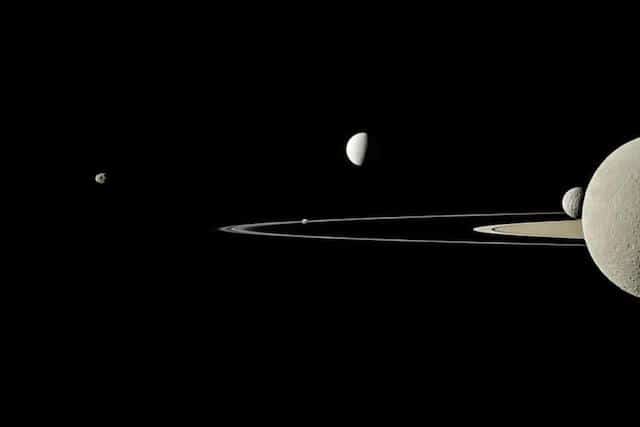
The moon Titan was not named by accident. It has a diameter of about 2,500 miles, making it about 40% of the size of Earth and larger than the planet Mercury. It’s also the only other place in our entire solar system, besides Earth, that has standing liquid on the surface in the form of lakes and rivers. Also like Earth, and unlike anywhere else, it’s the only place with a cycle of rain that fills those lakes and rivers, evaporates, and rains down again.
Granted, the rain on Titan isn’t super refreshing and is mostly liquid methane, but it’s still rain. The thick atmosphere of nitrogen means the rain there falls about 5 times slower than it does on Earth, as well. Plus, at temperatures around -179° C, it’d be a frosty rain when it finally.
Titan is much less hospitable for life than Earth, but the possibility exists that some kind of life, far different from ours, could have evolved there. Life would have had to adapt to methane rather than water. Also, while life here requires a lipid cell membrane, life there would have to exist without the need for cell membranes as we understand them.
The methane and ethane on Titan are all organic compounds. When sunlight hits methane, it breaks it down into more organic compounds. Here on Earth, we get new methane from living things. As life decays, it produces methane. But Titan is full of methane, so there’s some question about where it all comes from since, on Earth, it comes from life. That’s not to say we think there are massive numbers of hidden life forms there, but there’s more going on under the surface than we know.
Jupiter’s Ganymede
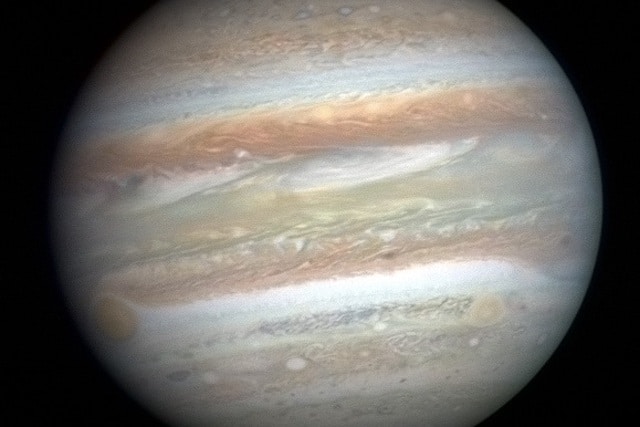
The biggest moon in the solar system is Jupiter’s Ganymede. It’s about two-fifths the size of the Earth. We know there is an ocean on Ganymede that contains more water than all the water on Earth, about 100 miles below the surface, and we know that it has its own magnetic field, something that usually only happens on planets.
Deep down inside, Ganymede has a molten metal core, just like here on Earth. And with water below the ice, water that may extend all the way or be layered with ice all the way down to the core, there’s a chance that warm oceans are teeming with the chemicals needed to support life. So, again, we have water, we have energy, and we have chemistry for life. Maybe.
Dwarf Planet Ceres
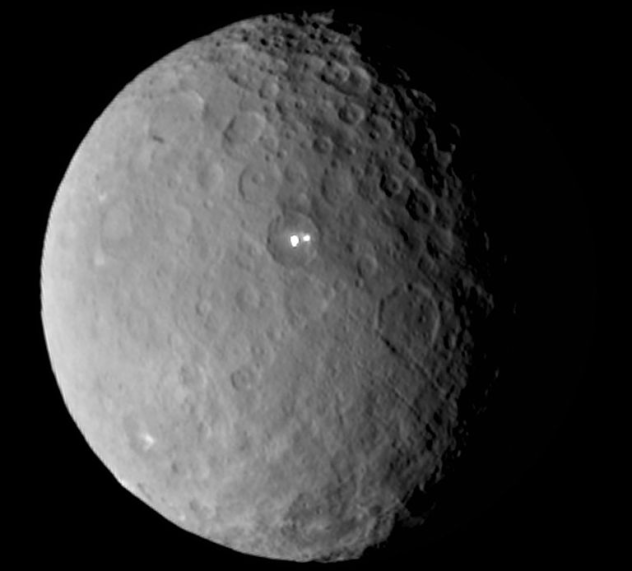
Ceres is no moon; it’s a dwarf planet and one of five in our solar system, along with Pluto, Eris, Haumea, and Makemake. Ceres is found in an asteroid belt between Jupiter and Mars, making it the only dwarf in the inner solar system. And it also has the potential to be a life-sustaining environment thanks to the presence of water.
The study of Ceres has led researchers to believe that the dwarf planet may have been hospitable to life at one time, even if it’s not any longer on the surface. There is evidence that long chains of hydrocarbons that can turn into fats, called long-chain aliphatic organics, may have bubbled to the surface in the past.
The presence of these compounds has led researchers to believe that there may have been oceans on the surface of Ceres once upon a time that lasted for hundreds of millions of years. These compounds only last for around 10 million years, which means they are more recent than Ceres’ missing oceans. And that means the dwarf may still have oceans hidden beneath the surface with organic compounds that could potentially lead to life.
Neptune’s Triton
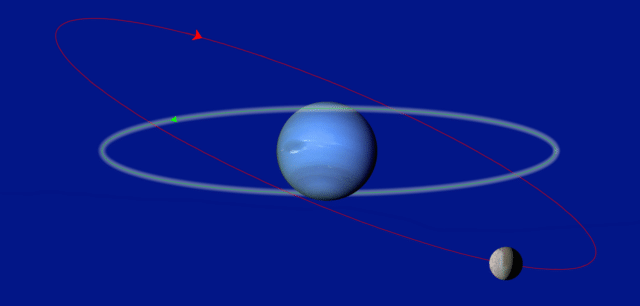
Neptune’s moon Triton is a place we have not studied very closely. The Voyager 2 spacecraft went past Triton in 1989 and took some pictures, but so far, that’s the only craft we sent out that far. It’s a frosty place with a surface temperature of – 235° C. It’s covered in nitrogen ice, but there are some rocky formations, and it’s believed that inside is rock and metal.
The moon also demonstrates volcanic activity, and it has a thin atmosphere of nitrogen and methane. Methane, you’ll remember, is one of those compounds that we look for when we’re searching for life.
Since Triton has active geysers, it may have liquid oceans beneath the icy surface. And volcanic activity means energy, and methane means chemistry, so again, we’re finding the components for potential life.
There is speculation that the energy needed to maintain a liquid ocean on Triton comes from the fact that the moon experiences Seasons. Because it dips above and below Neptune’s equator in its orbit, it faces the sun and will warm and cool at the poles, while Neptune’s gravity causes changes in the ocean it is believed may exist below the surface. That energy could provide all the pieces for life to form.
Saturn’s Mimas
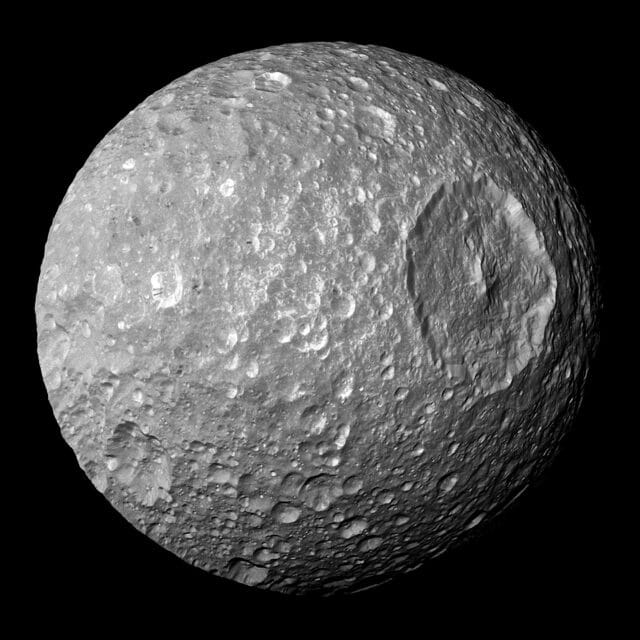
Mimas is not one of the more well-known moons out in the solar system, but it holds some intriguing possibilities. It also looks a lot like the Death Star, which is unrelated but cool, nonetheless.
For years, this moon was overlooked because it appeared to be a cratered, dead rock of a place. But now there is evidence that it has an ocean, and it may be a young one. By young, we mean under 25 million years old and potentially just two million years old. This relatively young age could explain why no one thought it had an ocean before, because, buried under the ice, it hasn’t had the time to alter the surface geography the way oceans on the other moons and planets have.
More recent data from the Cassini probe has led scientists to believe that the irregularities in Mimas’ orbit confirm that it must have a hidden ocean beneath the surface. Based on the data, half of Mimas’ volume may be liquid water. And just as with the other moons, if there is water, there’s a chance for organics and energy to provide the building blocks for life.
Of course we have not definitively found life anywhere in the solar system just yet, but the information about Mimas, and all the moons, dwarf planets, in other worlds motivate to keep exploring, to look deeper, and to send more exploratory missions to find out if we are truly alone in our own solar system.
The life we find will probably only be microbial, seemingly insignificant, but if we can determine that life formed independently more than once in the same solar system, the implication for the galaxy, in the universe at large, could be staggering.